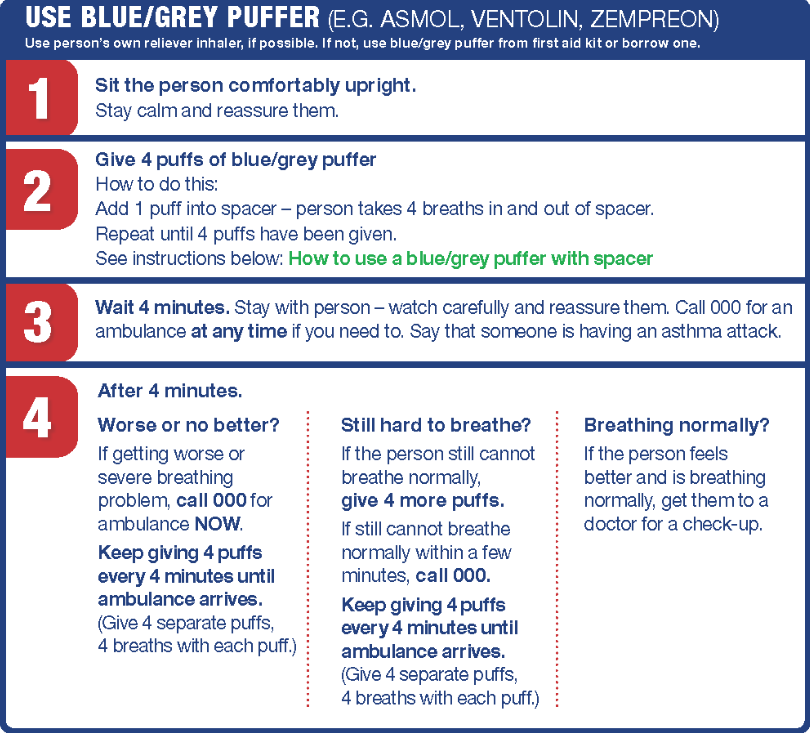
Thunderstorm asthma can strike even if you’ve never had the lung condition. Be storm-ready, stay inside, and carry your reliever. Photo: Bobex-73.
UPDATE October 17, 6 pm: A thunderstorm asthma warning has been issued for the Riverina for Friday and Saturday. To receive an SMS alert when the pollen counts are high and thunderstorms are predicted, visit this website to register, or text the word Asthma to 0417 115 876.
October 17, 11 am: Asthma and hay fever sufferers are being warned about a greater risk of severe symptoms over the coming weeks.
Murrumbidgee Local Health District (MLHD) said that from mid-October to mid-November each year, asthmatics and those who suffered from allergic rhinitis may face an increased risk of severe symptoms due to high pollen counts and weather conditions.
Acting director of the MLHD Public Health Unit, April Roberts-Witteveen, urged people with asthma and those affected by hay fever during spring to be aware of their risk of an asthma event during a thunderstorm.
“It is important to be aware that you could experience breathing difficulties during this thunderstorm asthma season, even if you don’t think you have asthma,” Ms Roberts-Witteveen said.
“Thunderstorms can cause pollen grains to explode and release fine particles, which can be inhaled more deeply into the lungs.
“People should be prepared, not alarmed. If you are diagnosed with asthma, carry your asthma medication with you at all times during this high-risk period.”
Ms Roberts-Witteveen advised providing a copy of your asthma management plan to your family, school or workplace.
People allergic to grass pollen should also be aware that during thunderstorms, they may experience new symptoms such as breathlessness, wheezing and tightness in the chest.
Thunderstorm asthma can affect people who have never had the lung condition before, so it is wise to take some simple precautions when thunderstorms are forecast.
“Where possible, avoid being outside in the lead-up to and during thunderstorms over the next four weeks,” Ms Roberts-Witteveen said.
“When it is windy and pollen is being blown about, the risk is likely to be greater. Stay inside during storms, with the doors and windows closed.
“NSW Ambulance and our local hospital emergency departments are prepared for an increase in patients with breathing difficulties, so seek assistance without delay.”

First aid tips to help someone affected by asthma. Photo: National Asthma Council.
Breathing difficulties can be life-threatening. In the event of a breathing emergency, dial triple zero (000) immediately.
MLHD’s Public Health Unit, in partnership with Charles Sturt University (CSU), will monitor thunderstorm activity and pollen count levels and issue alerts at high-risk times.
CSU also has an SMS alert system when the pollen counts are high and thunderstorms are predicted.
How to manage the risk of thunderstorm asthma
Learn about thunderstorm asthma and determine whether or not you are at risk, and talk to your doctor about the need for inhaled preventer medicine treatment for allergies.
Have an Asthma Action Plan and know the four steps of asthma first aid.
Have reliever medication available at all times, be on alert for thunderstorm forecasts and never ignore asthma symptoms such as breathlessness, wheezing and tightness in the chest.
You can monitor thunderstorm activity in your region via the Bureau of Meteorology website.
To receive an SMS alert when the pollen counts are high and thunderstorms are predicted, visit this website to register, or text the word Asthma to 0417 115 876.
Original Article published by Shri Gayathirie Rajen on Region Riverina.







